The natural resources of French Polynesia aren’t limitless and the local communities, in collaboration with the government of French Polynesia, are taking measures to preserve the environment and promote sustainable tourism. The protection and preservation of this unique environment is the most important challenge facing The Islands of Tahiti.
118 islands in a territory as big as Europe, with over 4,200 km² of land surface…Welcome to French Polynesia. Each of these islands has its own biological characteristics, its own endemic flora and fauna. Simply by being present, man modifies his environment, and therefore has to face the consequences of his actions: climate change, waste treatment, endangered species, and natural resource management, especially fresh water. The local communities in The Islands of Tahiti are adapting their policies in reaction to these threats. Faced with these consequences, local communities are trying to act and adapt their behaviour, notably through ecological associations, the return of the ancestral practice of rāhui, (a management plan for protecting maritime spaces), and the valorization of local knowledge in environmental matters. These key points form the basis of the measures taken by the local populations to protect their unique natural heritage. On each island, the communities try to reduce the ecological footprint of their activities, protect the biodiversity and create employment that is respectful of the environment. The development of sustainable tourism is a vital part of these actions, achieving a balance between the need for economic growth and the protection of the environment.
Environmental associations
There are several associations and federations working for the protection and preservation of the environment in The Islands of Tahiti. Among them is Te Mana O Te Moana, which regularly organizes public awareness campaigns about the fragility of the marine life in French Polynesia, and in particular, sea turtles. Their actions are supported by the plan for the management of maritime areas, which promotes the development of marine sanctuaries and protected areas, like those in Moorea, which have been in place for the past 15 years.
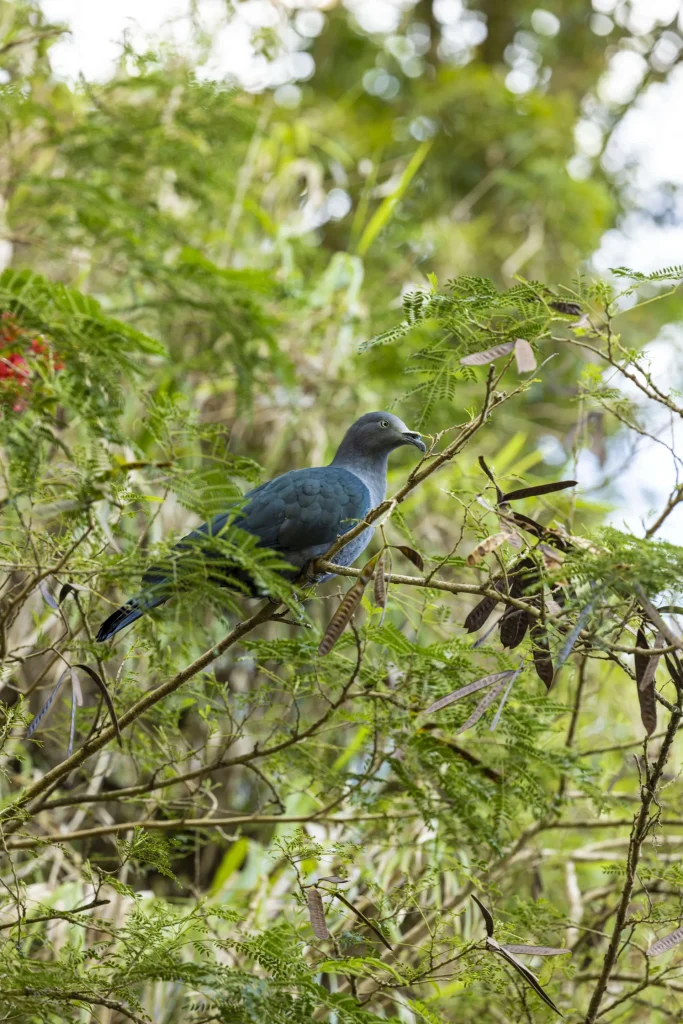
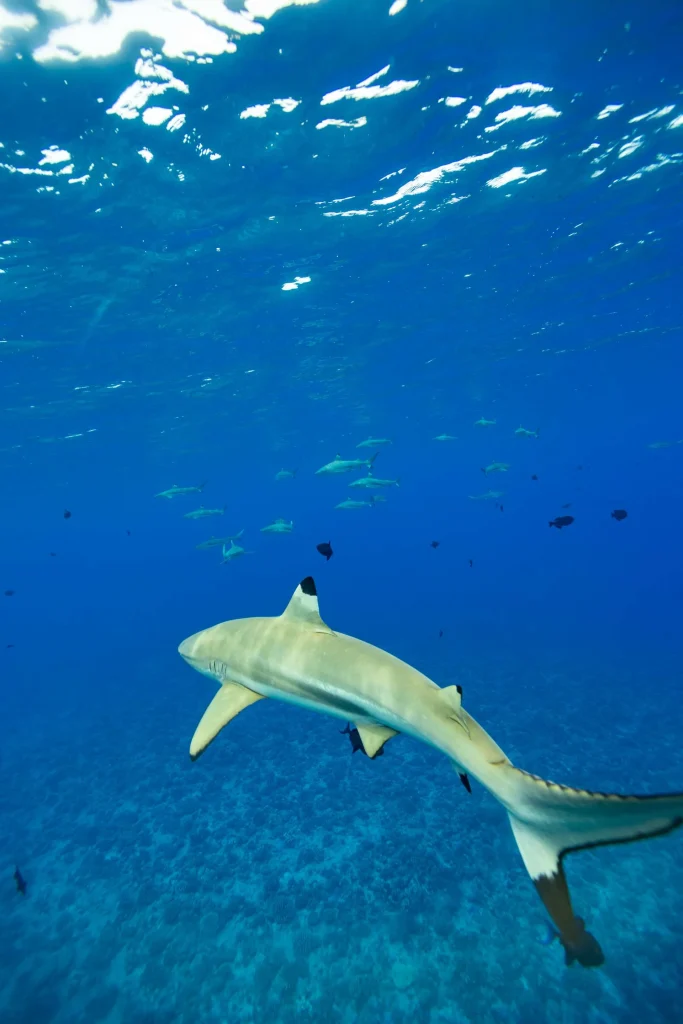
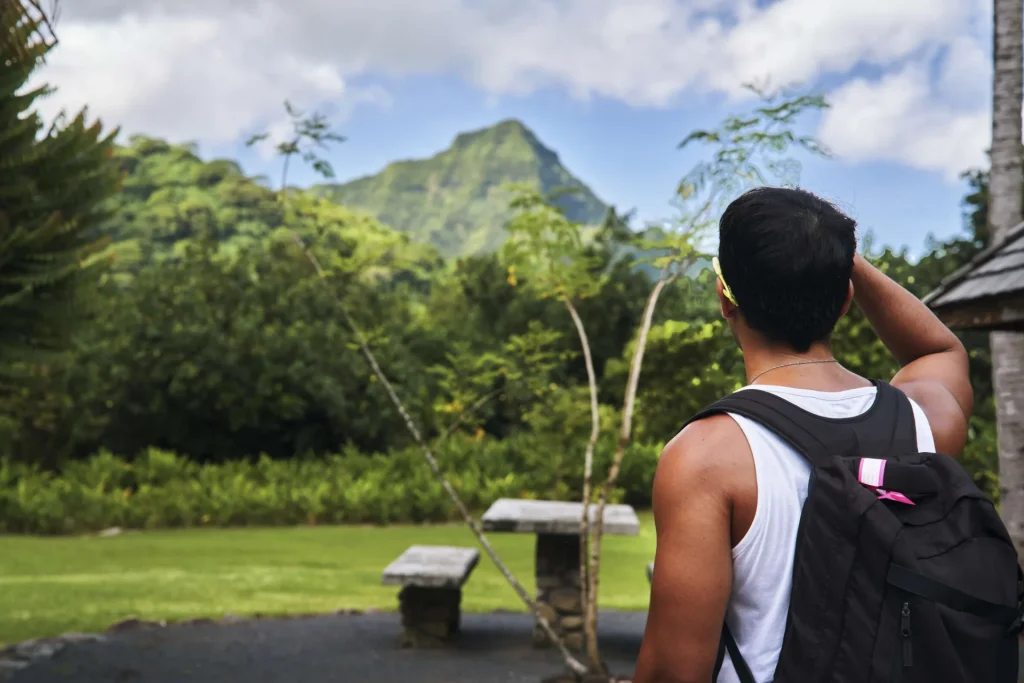
Manu, the ornithological society of French Polynesia, is at the forefront of efforts to protect the territory’s wild birds and their habitat. The association, Haururu actively campaigns for the protection of the cultural and environmental heritage of the valley of Papenoo in Tahiti, as well as the transmission of ancestral customs and traditions to its members and visitors. Te Fetia O Te Mau Mato organizes ecological hiking tours in Tahiti and elswhere in French Polynesia, to ensure the upkeep of the trails and finance refugees and security installations. The Federation of Environmental Protection Association, Te Ora Naho, coordinates the actions of the various environmental associations in the islands.
The practice of rāhui
The rāhui is an ancestral practice of imposing a temporary halt on fishing or any other activity that can harm the environment, in a particular maritime zone. This traditional method of ‘set aside farming’ has been recently reinstigated as a means of protecting the fragile coral reefs in French Polynesia. It is a powerful administrative tool for the sustainable management of resources. A certain number of local NGOs are actively involved in a campaign to make rāhui the adopted practice thoughout the entire territory.
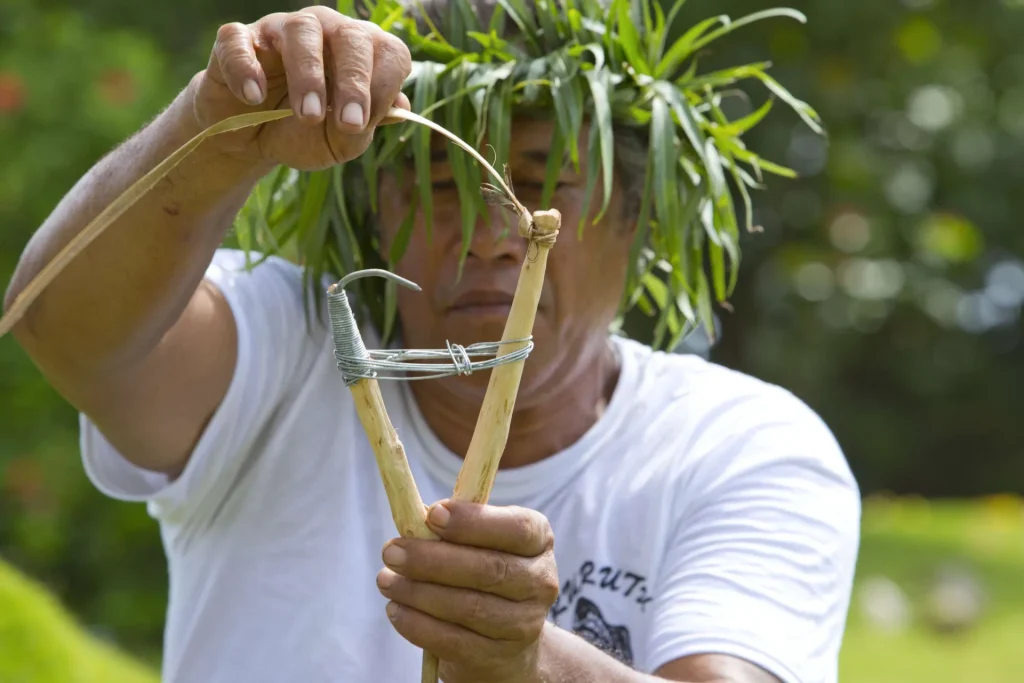
In support of all these actions, the government of French Polynesia plays an active role in promoting conservation measures, and protecting endangered species and ecosystems. An example is the protection of high-value products such as the Tahitian Black Pearl and Tahitian monoï oil, which is now labeled a ‘Protected Designation of Origin’. These measures ensure that future generations will be able to benefit from these natural treasures, and contribute to the development of sustainable tourism.
Themes

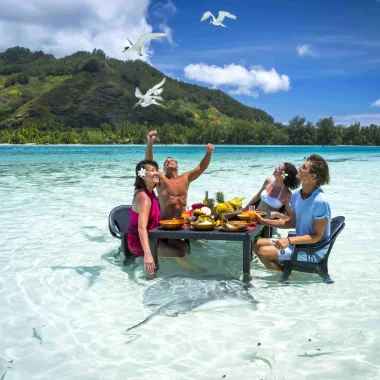
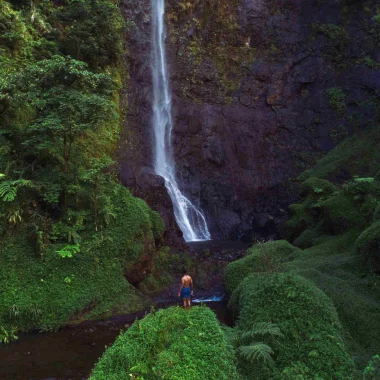
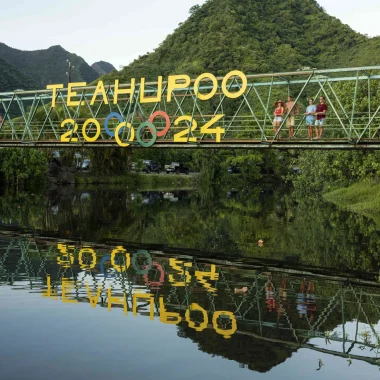
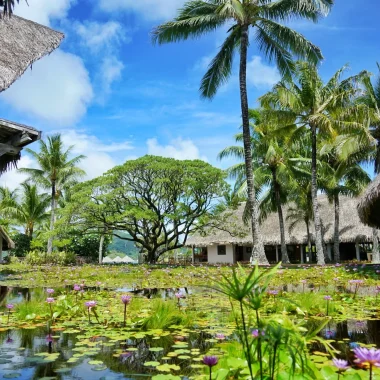
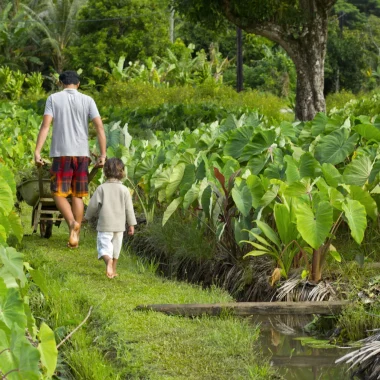
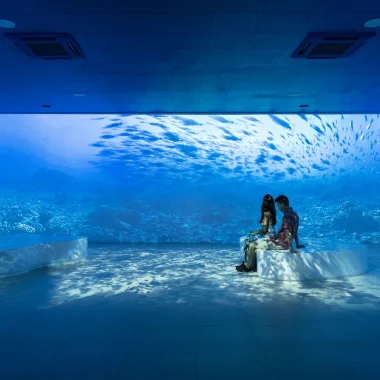
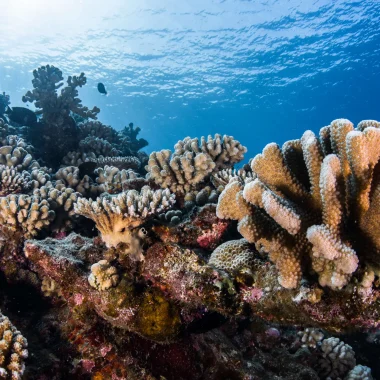
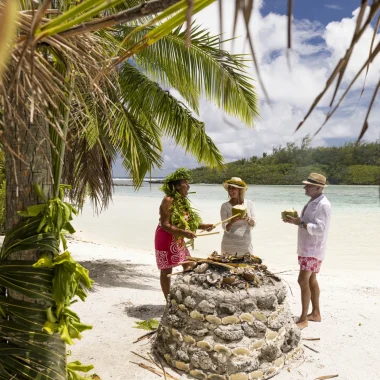
 América del Sur
América del Sur
 Australia
Australia
 Belgique
Belgique
 Brasil
Brasil
 Canada (EN)
Canada (EN)
 Canada (FR)
Canada (FR)
 Deutschland
Deutschland
 España
España
 France
France
 Italia
Italia
 Mexico
Mexico
 Polynésie française
Polynésie française
 New Zealand
New Zealand
 Schweizerisch (DE)
Schweizerisch (DE)
 Suisse (FR)
Suisse (FR)
 United Kingdom
United Kingdom
 United States
United States
 한국
한국
 中国
中国
 日本
日本